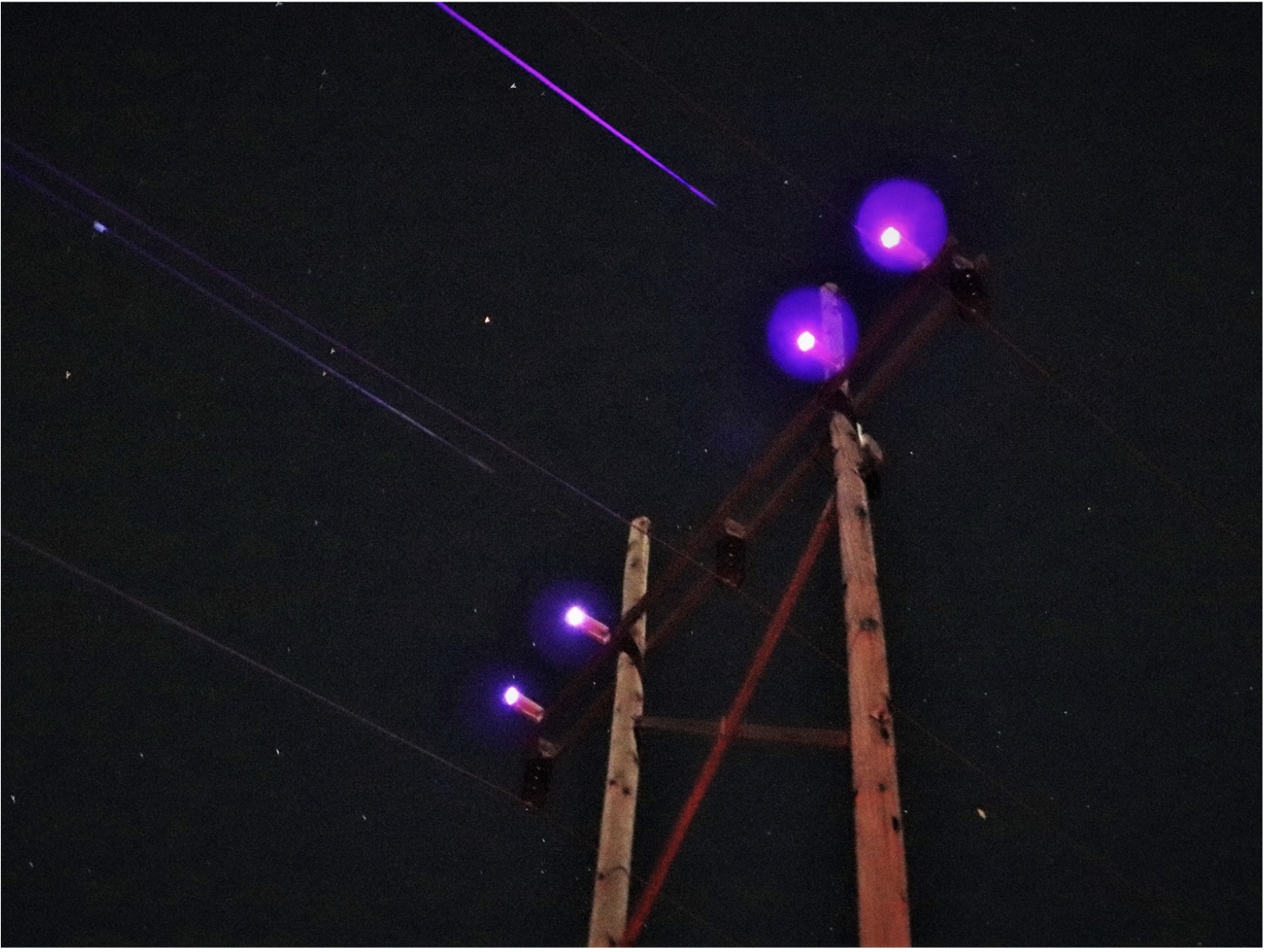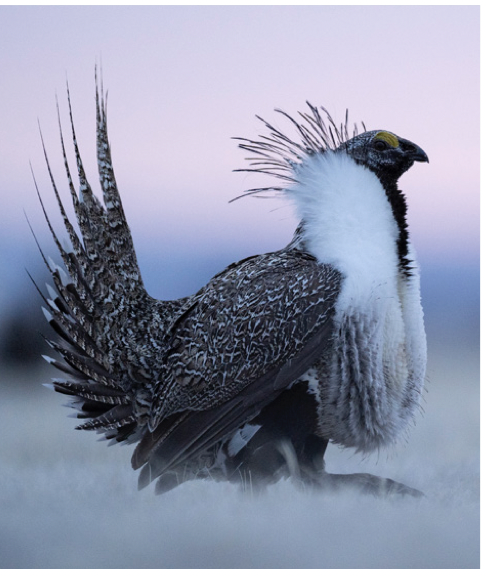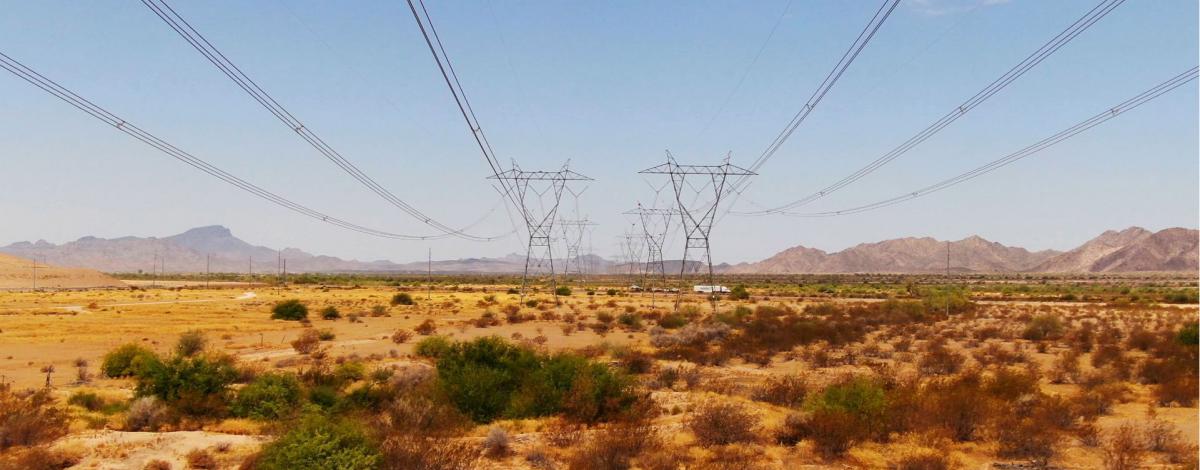Generating a carbon-free power sector by 2035 will require rapid and expansive investment into alternative energy sources. Experts and leaders increasingly emphasize the importance of planning socially and environmentally conscious projects that won’t leave more destruction in their wake.
The National Audubon Society’s (Audubon) most recent report – “Birds and Transmission: Building the Grid Birds Need” – hopes to address that. As more states move toward upgrading their transmission line capacity to better cater to wind and solar infrastructure, researchers like Marshall Johnson, chief conservation officer at Audubon, suggest stakeholders collaborate to build and renovate transmission lines with environmental science in mind.
Transmission capacity is the amount of power able to move from where electricity is generated to where it’s consumed. Johnson says that domestic transmission capacity will have to triple to connect the new renewables required to reach net-zero emissions safely.
Refurbishing existing infrastructure corridors and being mindful of any negative impacts on birds wildlife and people while constructing new ones, is key to successfully scaling The Biden Administration’s Build Back Better agenda.
The large size and high voltage of new transmission lines pose different threats to birds and their habitat than residential versions. Johnson says these power cables have over 60kV higher voltage than neighborhood lines, sit on taller poles and are spaced farther apart.
Such a scenario poses threats for birds in two ways: direct and indirect disturbances.
Direct disturbances involve birds killed from flying into overhead wires. Audubon suggests accidents like these account for 8 to 57 million bird deaths yearly.
Even so, scientists are now publishing guidelines on how developers can best avoid crashes by building transmission lines that cater to different species’ vision flight and behavior.

Image: James Dwyer
Indirect disturbances mostly come in the form of habitat destruction. Projects of this scale need more land and easy access to it. This can lead to the degradation of natural spaces to better accommodate the heavy machinery that will construct new transmission lines or refurbish old ones.
Bird species like grouse are particularly affected: this medium to large herbivore only lives in healthy sagebrush areas. Sagebrush is a nurse plant that creates conditions for other critical native plants (like grass) to grow. This greenery feeds wildlife and farm animals including cattle or sheep, which many Northwestern and Western communities rely on for food or to generate income through meat and dairy products.

Audubon Rockies
Image: Evan Barrientos/
Audubon Rockies
Audubon suggests implementing proactive and reactive solutions to help streamline the construction process. Johnson says the first should be used throughout pre-construction to stop negative impacts or minimize those that can’t be avoided. The latter should respond to the remaining challenges that come up through construction.
Examples include using advanced conductors or new tower designs to refurbish old transmission lines, reducing the risk of habitat destruction from building new power cables. Audubon suggests upgrading existing lines or expanding within current ROWs could meet almost half of all additional transmission needs. Removing the highest and thinnest shield wires is an example of reactive solutions to decreasing bird collisions.
This content is protected by copyright and may not be reused. If you want to cooperate with us and would like to reuse some of our content, please contact: editors@pv-magazine.com.








By submitting this form you agree to pv magazine using your data for the purposes of publishing your comment.
Your personal data will only be disclosed or otherwise transmitted to third parties for the purposes of spam filtering or if this is necessary for technical maintenance of the website. Any other transfer to third parties will not take place unless this is justified on the basis of applicable data protection regulations or if pv magazine is legally obliged to do so.
You may revoke this consent at any time with effect for the future, in which case your personal data will be deleted immediately. Otherwise, your data will be deleted if pv magazine has processed your request or the purpose of data storage is fulfilled.
Further information on data privacy can be found in our Data Protection Policy.